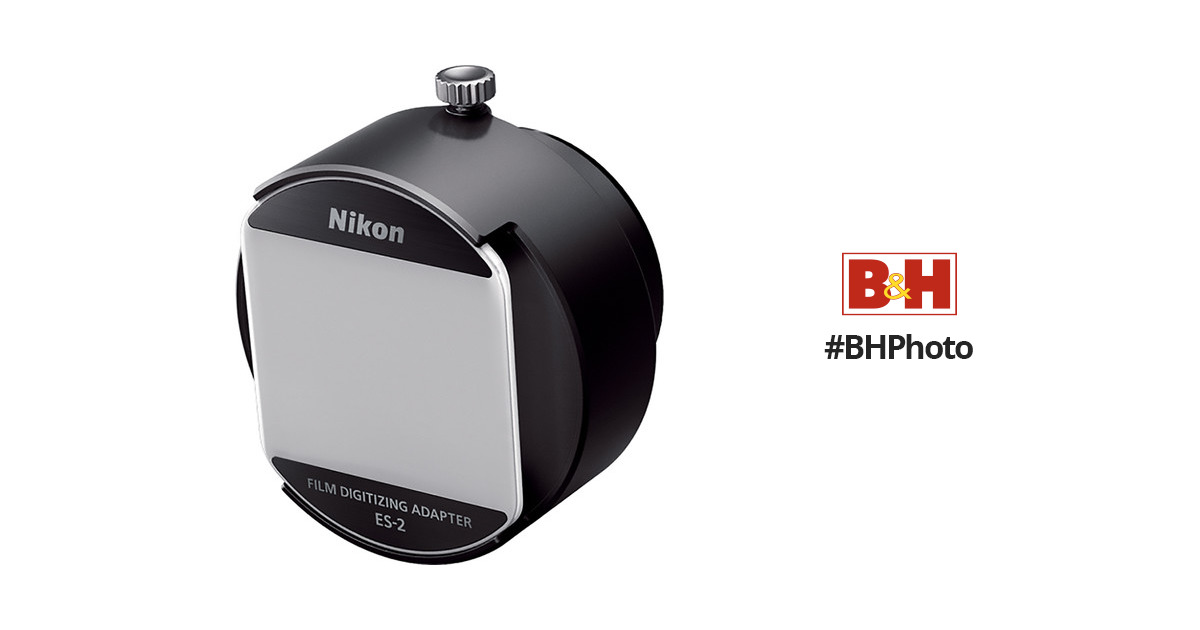Scanning film and transparencies, whether with copy-camera approach or with a flat bed or dedicated film scanner, is
never a "pop the slides into the machine, press the button, and wait for the scan to finish" proposition. There is
always setup, configuration, and careful tailoring of the scan parameters required to achieve optimal results.
In answer to your question, yes. I've been working processes of scanning film since 1984 and have done many, many side-by-side tests of different capture hardware and configurations. I specifically did comparisons and workflow development of these sorts of scanning processes for clients (for pay...) as a part of my photographic business in the 2006 to 2011 time frame.
The copy camera approach will work every time, always, and with today's capture tools (high resolution sensors used with a good macro setup) will outperform even my Nikon Coolscan V ED film scanner, never mind *any* flatbed scanner. It simply takes some learning and understanding to set it up. I know this for a fact. There are many situations where the film scanner, and certainly the flatbed scanner, simply cannot produce output that is comparable, due to limitations of the hardware that do not exist for the simpler copy camera approach.
I see you are or were a motorcyclist. I rode for decades, all over the US, Canada, and Mexico, even around the UK and Europe a few times. Mostly on Ducati and Moto Guzzi machines, although I had BMW R75/5 and R90S bikes for a bit... I preferred riding the Italian bikes for their better handling, but all did pretty well for me. I retired from motorcycle riding, moved to bicycling and restoring an Italian classic car (Lancia Fulvia Coupé) a few years back.
 1967 Lancia Fulvia Coupé in Late Afternoon Sun
1967 Lancia Fulvia Coupé in Late Afternoon Sun
G













